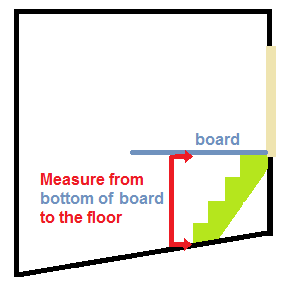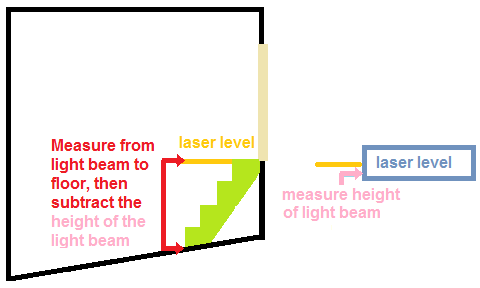119.6875 / 7.5 = 15.958333 => 16 risers and 15 treads Since you can’t have a fractional rise, you need to round up to 16 risers.
119.6875 / 8 = 14.9609375 => 15 risers and 14 treads
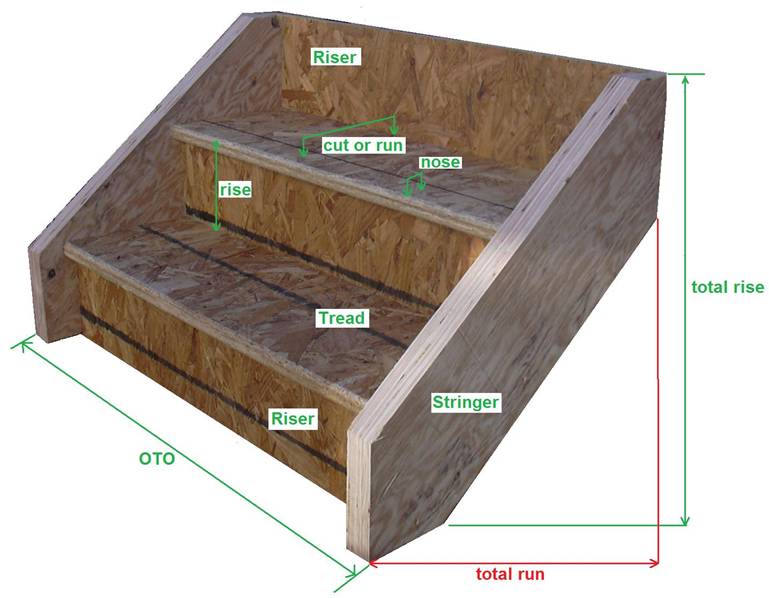

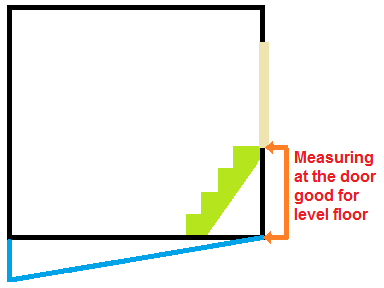
|
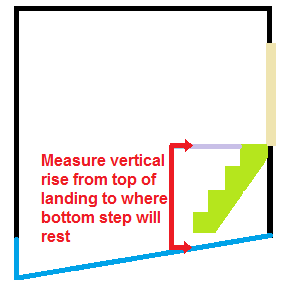
|
| OK for Level Surfaces | Problem for Sloped Surfaces |
